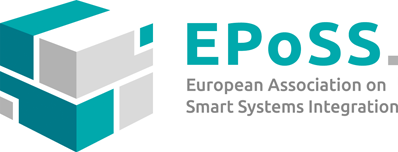The consultation is open until 1 October 2012 to ensure that interested parties have ample time to provide their feedback on this key document.
As part of the European Economic Recovery Plan, adopted in November
2008, the Commission launched in 2009 three Public-Private Partnerships
(PPPs), to tackle the consequences of the global economic
downturn.
The aim of the three PPPs was to fund research and innovation in three
key industrial sectors - manufacturing, construction and automotive -
in order to boost competitiveness and support employment, while at the
same time significantly contribute towards a more green and sustainable
economy.
In the period 2009-2012 these PPPs have been implemented under FP7 rules, with the following committed amounts:
- EUR 1.2 billion for the ‘Factories of the Future (FoF)’ PPP initiative to promote competitiveness and sustainability of the European manufacturing industry;
- EUR 1 billion for the ‘Energy-efficient Buildings (EeB)’ PPP initiative to promote green technologies and the development of energy efficient systems and materials in new and renovated buildings to radically reduce their energy consumption and CO2 emissions;
- EUR 5 billion for the ‘Green Cars (GC)’ PPP initiative to improve the sustainability of all European road transport and accelerate the move towards electrification of road and urban transport. Besides EUR 1 billion for research activities, the budget includes a EUR 4 billion loan facility for other research and support measures from the European Investment Bank (EIB) under its European Clean Transport Facility (ECTF).
The first generation of the PPP projects is now moving towards a successful conclusion, and some first evaluations can be drawn.
- The strategic alignment of private and public research objectives has facilitated an increased industrial participation in the European R&D efforts, providing more effective outputs
- The PPPs were indeed successful in engaging large industries and SMEs, along research organisations and universities. Industrial participation in PPP project is as high as 55 %, with SMEs receiving above 20 % of the total EC funding
- A number of projects have already filed patent applications, and more are expected to do so in the coming months. Results and exploitation plans are becoming much more tangible, with target markets more clearly defined, to enable market uptake of the new technologies
- However, bridging the gap to the market remains one of the main challenges, as evidenced by the output of the Impact Workshops held in March 2012. It was also shown how most of the obstacles to industrial uptake of results are of non-technical nature. Further effort is required in order to overcome these stumbling blocks.
Work has already started on preparing the new Multi-Annual Roadmaps to identify research priorities for the period 2014-2020, and stakeholder consultation is now open. This work is of paramount importance in order for the PPPs to continue to receive support under Horizon 2020, as a clear long-term commitment from all partners based on a shared vision and clearly defined objectives is one of the required criteria to receive EU funding.
Participate in the public Consultations:
Share on
